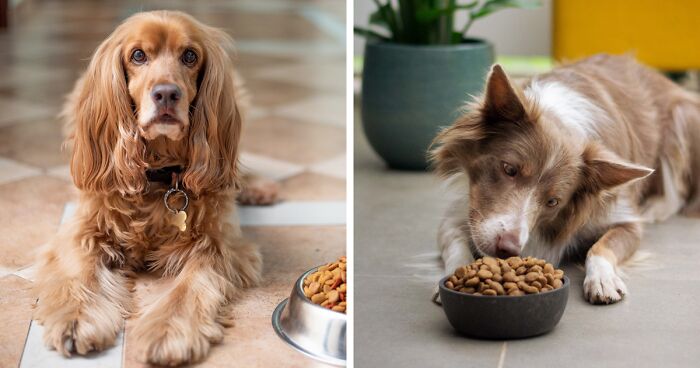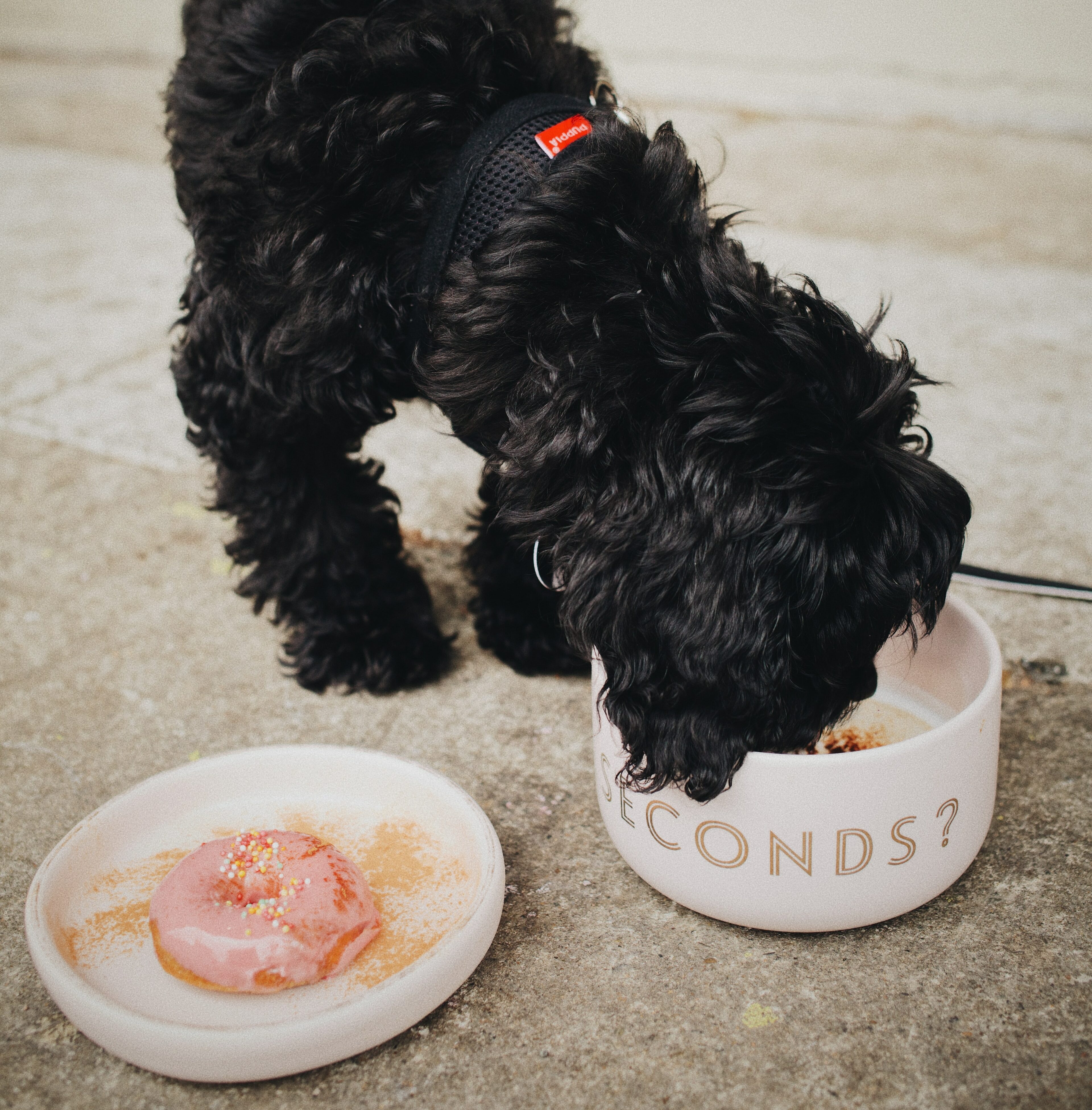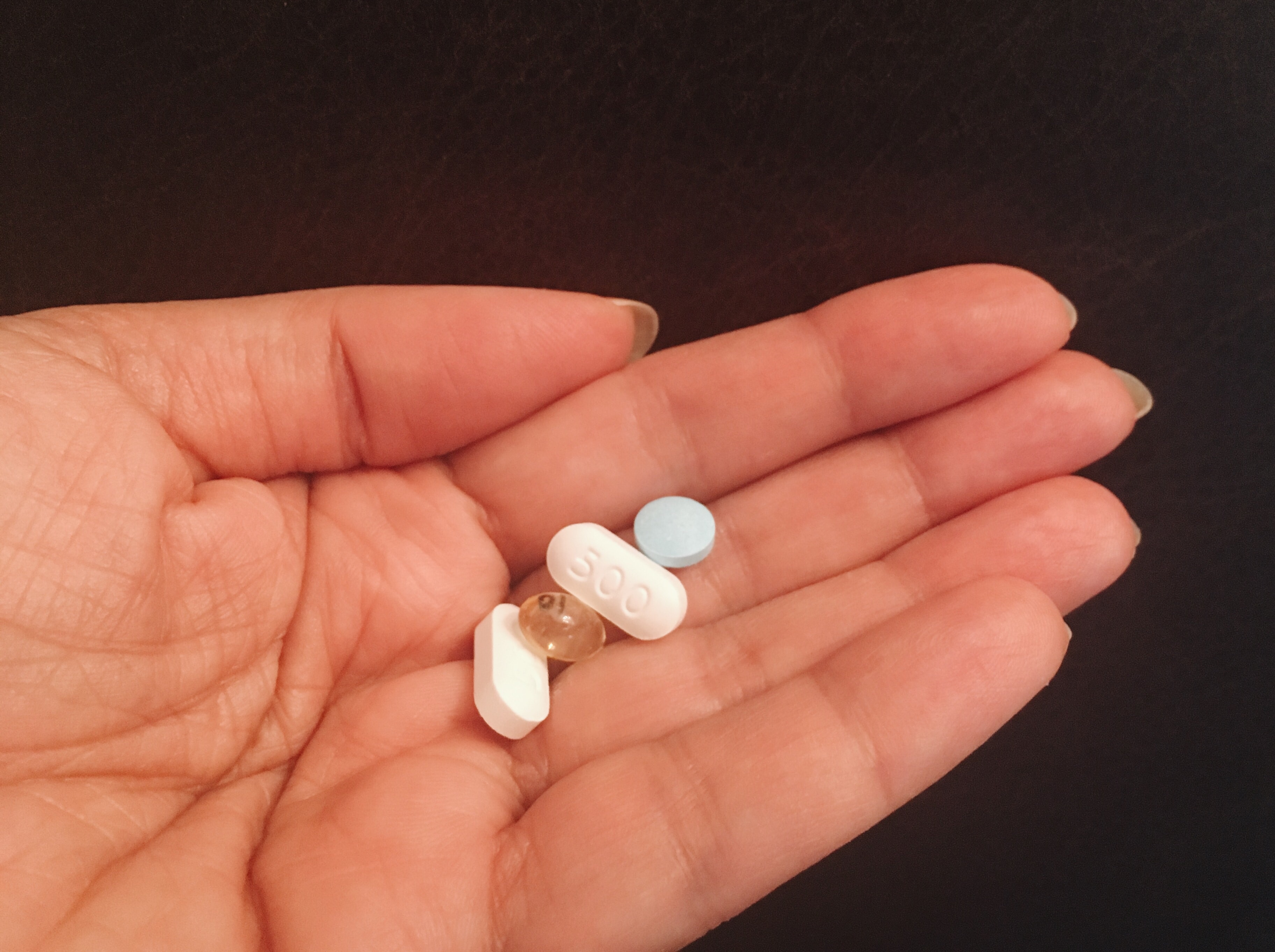Administering medication to your pet can be a challenging task, especially when it comes to giving pills to dogs. However, with the right techniques and a little patience, you can ensure that your furry friend receives the necessary medication without stress or difficulty. In this guide, we will cover different methods to give pills to your dog, from hiding them in food or treats to administering them directly into their mouth. By following these steps, you can successfully give your dog a pill and ensure their health and well-being.
- Hide pills in food like canned dog food or cooked chicken.
- Never crush pills without vet advice due to risks.
- Some foods like dairy may hinder pill effectiveness.
The information provided herein is for informational purposes only. Please refer to our disclaimer for more details..
Hiding the pill in dog food or treats
Image credits: Billy Pasco.
No one likes the taste of the medicine, and dogs are no exception. The easiest way to give your dog a pill is to hide it in food or treats. This method can be effective in ensuring that your dog takes their medication without any fuss. Here are some options for hiding the pill in food:
- Canned dog food: place the pill in a small amount of food and mold it to conceal the medicine. The smell and taste of food will mask the flavor of the pill, making it easier for your dog to swallow.
- Cooked sweet potato: If your dog enjoys the taste of sweet potato, you can take advantage of that by hiding the capsule in it.
- Boiled boneless chicken: A nicely cooked, tender boneless chicken piece can be a perfect medium to administer medicine to your dog. Make sure to hand feed the small amount of chicken containing the medicine.
- Soft flavored Dog Treats: Lastly, soft dog treats are easy to mold and therefore are best for hiding medicine. The enticing flavor makes it a suitable choice for dogs that spill the medicine.
How do you administer medicine to a dog that refuses?
Image credits: pina messina.
If your dog continues to spit out the pill or if hiding it in food is not an option, you can administer the pill directly into your dog’s mouth. Follow the dosing instructions provided by your veterinarian and take the following steps to get your dog to take a pill by hand:
- Lubricate the pill: Use a small amount of gravy or pill pocket to make the pill easier to swallow.
- Hold the pill: Gently grasp your dog’s muzzle to secure their head, hold the pill with your thumb and index finger.
- Tilt the dog’s head: Tilt your dog’s head back slightly to allow for easy access to their mouth.
- Place the pill far back: Open your dog’s mouth further by applying light pressure to their lower lip and front teeth holding the upper jaw. Push the pill as far back of the mouth as possible.
- Encourage swallowing: Close your dog’s mouth and hold it closed while returning their head to a normal position. Stimulate swallowing by rubbing their nose or throat or blowing lightly on their nose. Your dog will most likely lick the nose after they have successfully swallowed the pill.
- Rewards at the end: Praise and offer treats to make the experience rewarding and positive for the dog.
It’s important to be gentle and patient during the process to ensure your dog’s comfort and cooperation. If you’re finding it difficult or stressful to administer the pill directly, consult with your vet for alternative options or techniques.
What are the alternative ways to give dogs a pill?
Image credits: Caleb Fisher.
If your dog continues to resist taking a pill, there are alternative medication forms available that can make the process easier. Compounding pharmacies are specialized facilities that can turn pills into flavored liquids, chewable, or other forms that are more palatable to dogs. This can be especially helpful if your dog may spit out the pill or is anxious about taking medication.
Consult with your veterinarian for advice on alternative medication forms. They can provide guidance on which options may work best for your dog’s specific needs.
Pet Piller: A pet piller device can be helpful if your dog refuses to take pills by hand. This tool allows you to place the pill further back in your dog’s mouth, avoiding their teeth and increasing the chances of successful medication administration.
Pill Pockets: Pill pockets provide a convenient and pet-friendly way to administer medication to your dog. These specially designed treats have a built-in pocket where you can hide the pill.
Should you crush pills for dogs?
You should never crush the pill or open the capsule unless advised by a Veterinarian. The reason is that some of the medicines are delayed-release medicines meant to be absorbed slowly by the body. Crushing it will disturb the delivery and the medicine loses its efficacy.
Moreover, some medicines are enteric coated, which has a protective layer preventing irritation to the gastrointestinal mucosa which poses a health risk to your dog. Lastly, crushing the medicine can further deteriorate the taste further, your dog is more likely to refuse crushed medicine because of the bad taste.
How do you grind pills for dogs?
Not all medicines should be crushed as discussed earlier, Always talk to your Veterinarian and read the prescription label before attempting to grind the tablet or giving it in liquid form.
You can use mortar and pestle for grinding the medicine or just use the back of the spoon to turn the medicine into an even sized particles. Make sure to mix the medicine with a food with strong smell to avoid refusal.
Food to Avoid When Giving Dogs Pills
When giving your dog pills, it is important to be mindful of certain foods that can be unsafe and may interfere with the effectiveness of the medication or pose health risks. Here are some foods to avoid when giving pills to dogs:
Bananas
While bananas are generally considered safe for dogs in small quantities, they should be avoided when giving pills to dogs with certain health conditions. Bananas are high in potassium, which can be problematic for dogs with potassium-regulation issues or those on blood pressure or heart disease medication.
Dairy Products
Dairy products, such as cheese and cream cheese, should be avoided when administering pills to dogs. These products can cause stomach upset and may interfere with the absorption and effectiveness of certain medications.
Creamy Peanut Butter
This can be a suitable option for most dogs, however, dogs suffering from pancreatitis and digestive issues need to avoid high-fat foods should steer clear of peanut butter as it can be too rich and may cause digestive issues.
Pill Pockets
While pill pockets may seem like a convenient option for hiding pills, it’s important to note that some dogs may develop an aversion to these treats over time. If your dog starts refusing pill pockets, it’s best to explore alternative methods of administration.
Conclusion
Now that you are familiar with various methods of giving pills to dogs, you have multiple options to dispense your dog’s medication safely. The easiest approach is to hide the pill in small piece of food or treats, such as canned dog food, cooked sweet potato, or soft dog treats. If this doesn’t work, you can try giving the pill directly into your dog’s mouth following specific steps. Remember the importance of vet-approved dosing instructions and guidance throughout the process.
If your dog still refuses to take pills, don’t worry. There are alternative forms of medication available. Compounding pharmacies can transform pills into flavored liquids or chewable treats, making them more palatable for your pet. Always seek the advice of your veterinarian to explore different options and find the best solution for your dog’s needs.
237views
Share on Facebook
 Dark Mode
Dark Mode 

 No fees, cancel anytime
No fees, cancel anytime 





















































-2
0